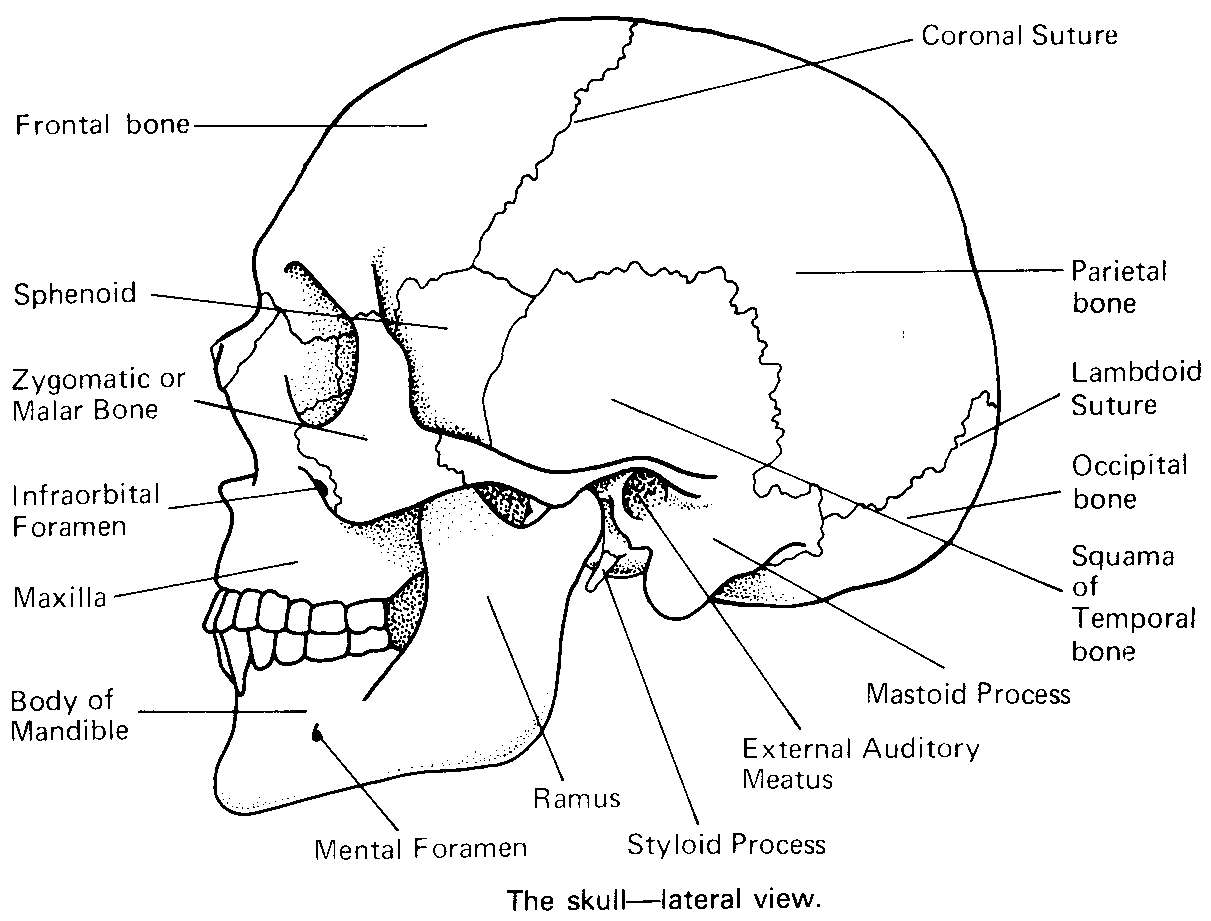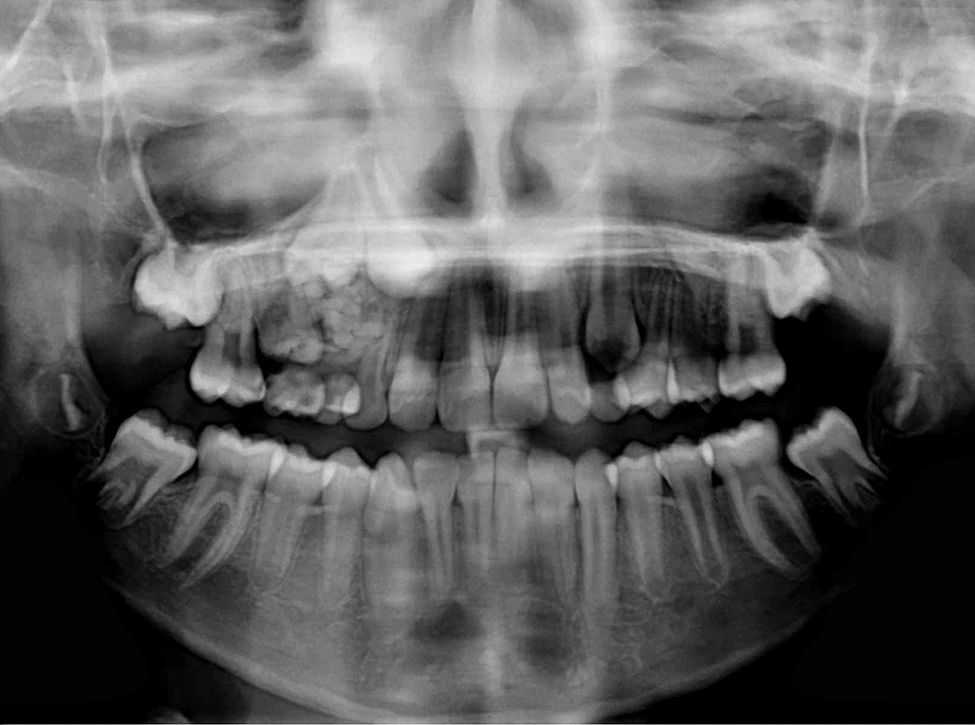
Facial Injuries
To properly treat facial trauma, your dental professional should be well versed in emergency care, acute treatment and long-term reconstruction and rehabilitation. Dr. Greeff is trained, skilled and uniquely qualified to manage and treat facial trauma. Injuries to the face, by their very nature, impart a high degree of physical, as well as emotional, trauma. The science and art of treating these injuries requires special training, involving hands-on experience and an understanding of how the treatment provided will influence the patient’s long term function and appearance.
Dr. Greeff meets and exceeds these high standards. He is particularly skilled in treating facial injuries, which can include conditions such as:
- Facial lacerations
- Intra-oral lacerations
- Avulsed (knocked out) teeth
- Fractured facial bones i.e. cheek, nose or eye socket
- Fractured jaws (upper and lower)
The Nature of Maxillofacial Trauma
There are numerous possible causes of facial trauma, ranging from motor vehicle accidents and sports injuries, to interpersonal violence and work-related injuries. The type of injury can include damage to teeth, skin and bones. Typically, facial injuries are classified as either soft tissue injuries (skin, gums) bone injuries or injuries to specialty regions (eyes, facial nerves, salivary glands).
Soft Tissue Injuries of the Maxillofacial Region
When soft tissue injuries occur on the face, they are often repaired by suturing. A top priority in treating these injuries is to ensure the best possible cosmetic results. Dr. Greeff takes care to inspect facial structures such as facial nerves, salivary glands and salivary ducts as part of treatment. He is exceptionally trained, and proficient in diagnosing and treating all types of facial lacerations.

